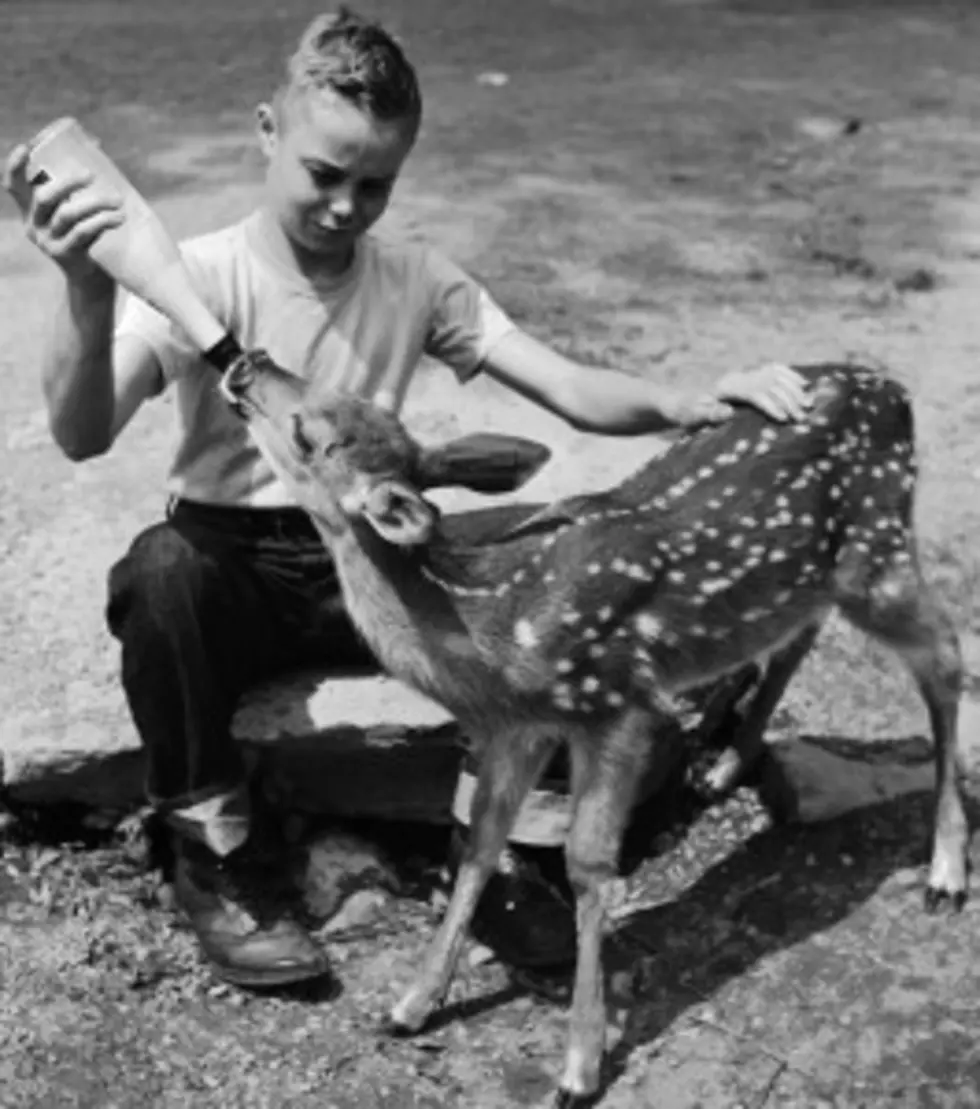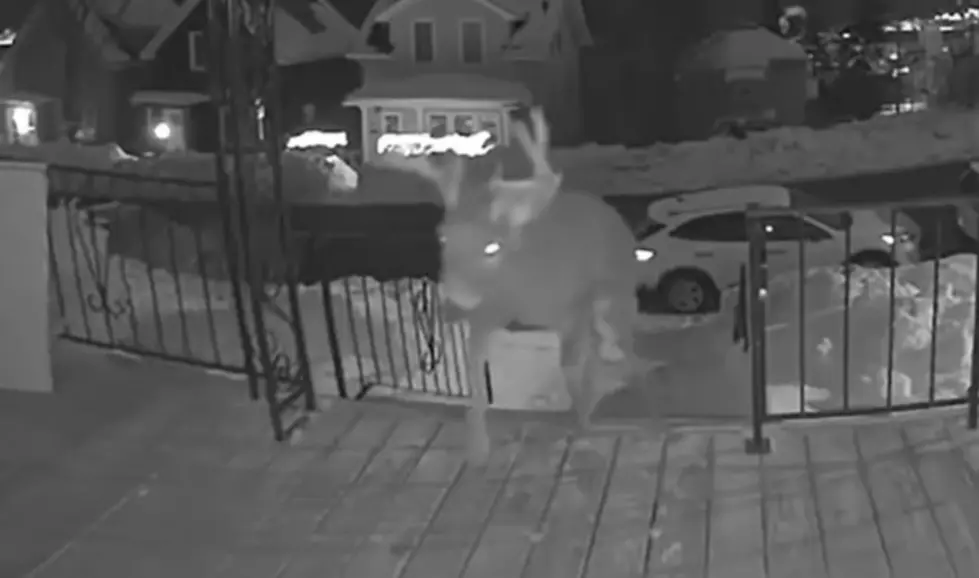
DNR Question Of The Week; Triplet Fawns?
The DNR Question of the Week is:
Does a calm winter mean we'll see more sets of triplet fawns? (everybody all together now, Ahhhhhhhh!)
Answer according to the MN DNR: It certainly could, but it may not be measurable. Nutritional status of pregnant females can influence the number of fawns they have in the spring. Indeed, triplets are more common in the southern Midwest because deer do not have to contend with severe winters and can maintain a high nutritional plane, thus their reproductive rates are typically higher than what we see in northern Minnesota.
It may not be measurable in the sense that while some deer may have three fawns instead of two, it likely does not occur at a high enough rate to influence the overall deer population.
The other phenomenon related to mild winters and deer pregnancy is that some fawn females will come into estrous later in the season, get bred, and carry a fawn to term. Given the mild weather, we may see more late born fawns in northern Minnesota this year. So, if you see a spotted fawn in September or October, it's likely the result of a late bred fawn deer.
-Lou Cornicelli, DNR wildlife research program manager
More From B105









